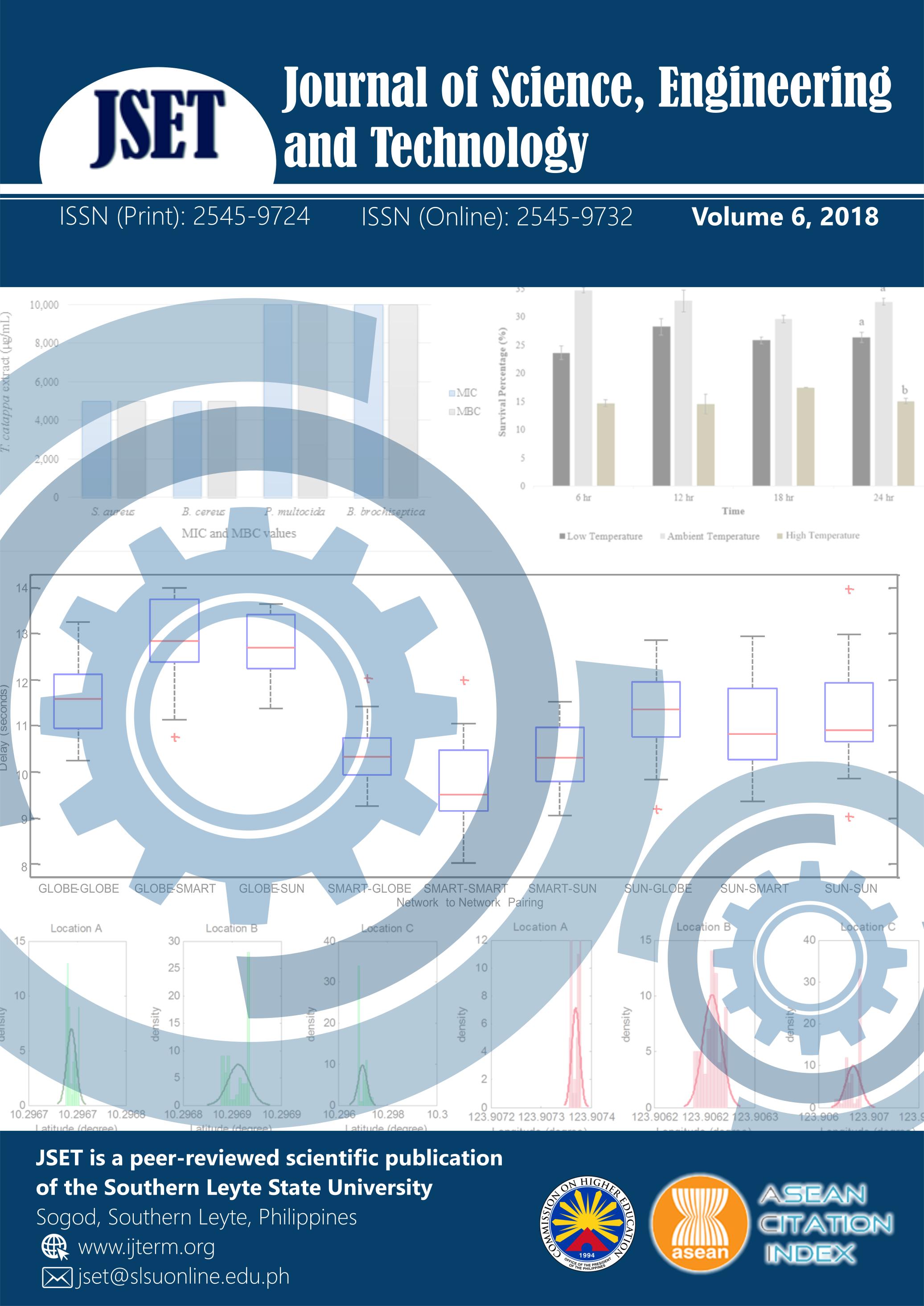Morphological Events on the Development of Flowers, Fruits, and Seeds of Calamansi (XCitrofortunella microcarpa Bunge)
DOI:
https://doi.org/10.61569/05p6m923Keywords:
Anthesis, Calamondin, Embryo, Endosperm, Nucellar tissueAbstract
The development of flowers, fruits, and seeds of calamansi, from initiation to commercial maturity, is described in terms of time intervals. This study provides the morphological ontology of calamansi fruit, a prerequisite for crop breeding program. Sections of the flowers, fruits and seeds were stained with 1% safranin solution and examined under a dissecting microscope. The developmental phases can be grouped into 9, 3 and 4 in floral, fruit and seed, respectively, with distinct morphological events. The time for the flower to reach anthesis from bud formation was 17 to 23 days. The development of the fruit took 78 to 84 days from anthesis to commercial maturity. The development of the fruit from flower bud formation to commercial maturity took 94 to 101 days. During this period, the ovule development became evident on the 7th day from the flower bud formation. On the 59th day, the zygotic embryo became visible. On the 73rd day, the somatic embryo became distinct, and the endosperm tissue became gummy. On the 94th to 101th day, when the fruit reached commercial maturity, the somatic embryos occupy the whole sac and the peel became smooth and shiny. The results imply that cross-pollination can be accomplished before 17 to 23 days from the flower bud formation. An Immature fruit at 59 to 73 days from flower formation is an appropriate fruit-age to obtain the zygote, the nucellus and the endosperm tissues for breeding through plant tissue culture.
Downloads
Published
Issue
Section
License

This work is licensed under a Creative Commons Attribution 4.0 International License.
This is an open access article distributed in accordance with the Creative Commons Attribution 4.0 Unported (CC BY 4.0) license, which permits others to copy, redistribute, remix, transform and build upon this work for any purpose, provided the original work is properly cited, a link to the license is given, and indication of whether changes were made. See: Creative Commons Attributions 4.0 International License.








